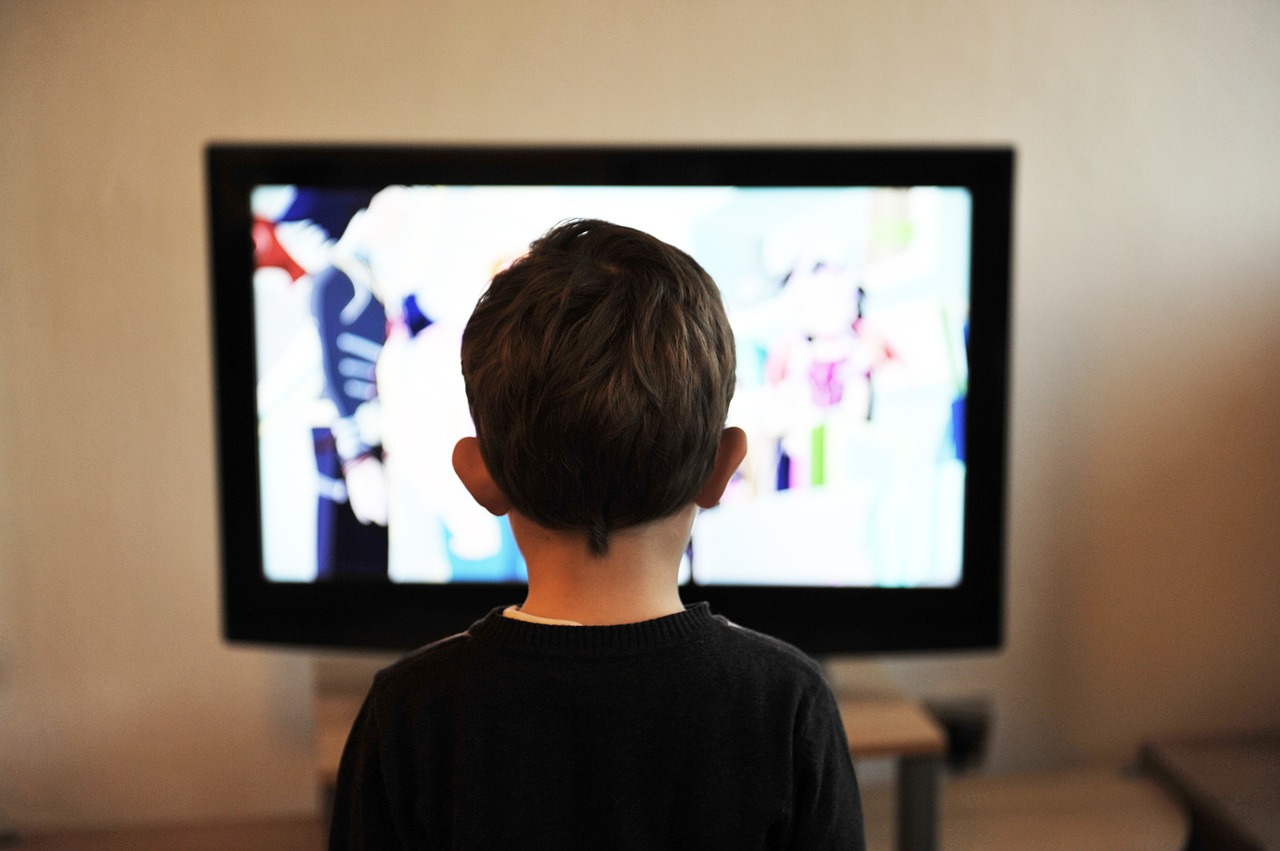
Remember cognitive dissonance? It’s baaaack.
July 1, 2013
Remember cognitive dissonance? It’s baaaack.
One of the phrases that I used a lot when I first hit the workplace was one I learnt in Marketing 101 – cognitive dissonance. I am not sure I used it at all in the correct context but would sail around the corridors of ‘Computing Magazine’ in the UK saying ‘oh yes they must have some cognitive dissonance’.. ‘yeah I know.. I had some cognitive dissonance about that’… and so on it went.

Well to my delight (and surprise) I read about it recently in context of habit formation. And it is an important (yet forgotten) theory for marketers.
An easy example of what it means is for smokers. Some rationalise their behaviour by looking on the bright side: They tell themselves that smoking helps keep the weight down and that there is a greater threat to health from being overweight than from smoking. This is perhaps one of the weirdest and most unsettling findings in psychology. Cognitive dissonance is the idea that we find it hard to hold two contradictory beliefs, so we unconsciously adjust one to make it fit with the other.
Back to Marketing 101. We can now relate cognitive dissonance to the habits that affect most of us in every day life and ones marketers should understand to influence behaviour.
We recently ran some consumer sessions talking to bed intenders on bedroom furniture and found out that although buying a new bed was top of their shopping list, it often dropped down as other priorities took over. They would justify hanging onto these old, over-used beds by convincing themselves that they were not really that uncomfortable and there are other reasons why they slept badly.
It is even stronger for financial services. What we saw in our finance community was one of the biggest reasons people lose out financially is apathy. Cognitive dissonance came into play because consumers were sticking with their current bank although they knew they could get a better deal elsewhere. The effort to change meant they told themselves that ‘all banks were the same and I may as well save myself the effort’.
So apart from going retro and bringing the ‘dissonance’ back – what does this mean? It’s another wake up call to the Insight Managers, the Marketing Directors and teams that the unconscious mind is a powerful but explainable force that marketeers need to be aware of. Our habits are so strong that we will talk ourselves into maintaining old ones (even bad ones) and unless you can effectively break habits, you’re not going to influence habitual customers. And if you don’t know the proportion of your customers that operate on habit, your efforts to grow market share are going to fall on the same deaf ears that probably greeted my ramblings back in the corridors of Computing.

